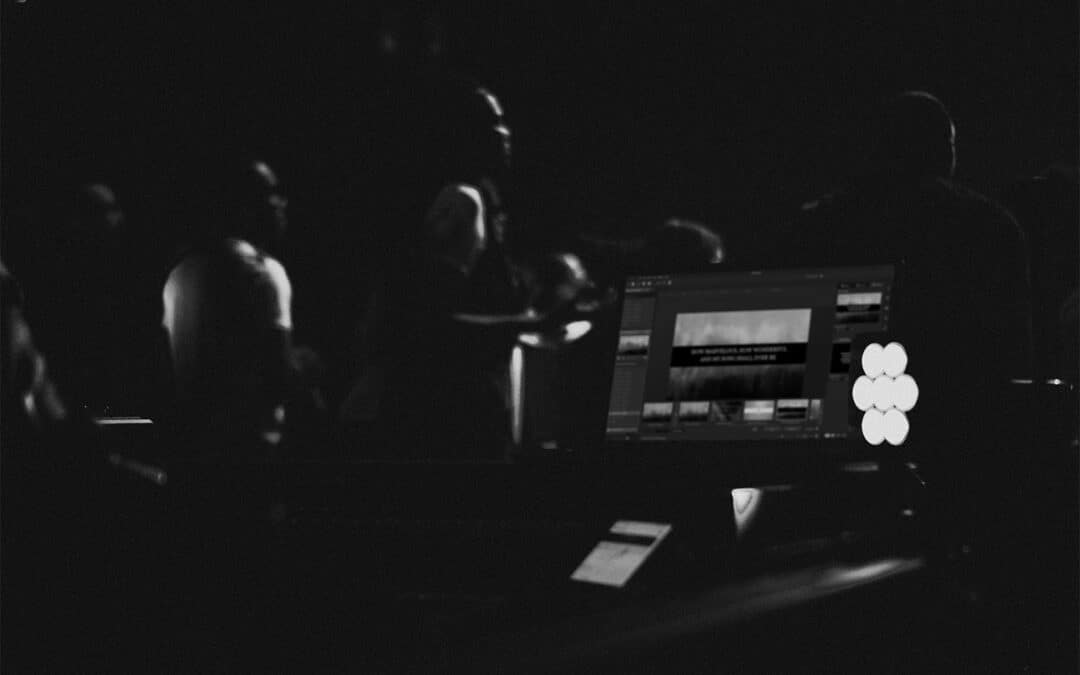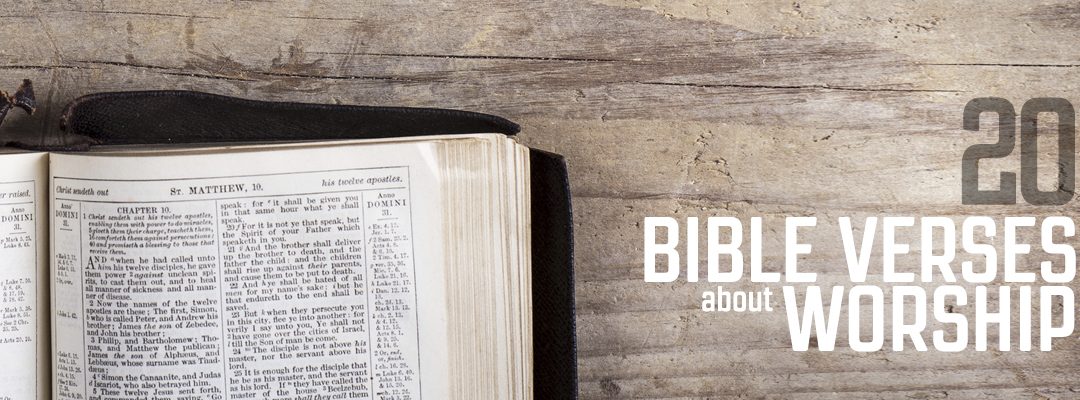Every Sunday morning, church media teams around the world quietly make worship happen. They put up the lyrics and scripture, switch the cameras, run the sound, and bring visual life to sermons and church anncouncements—all while staying out of the spotlight.
If you’ve ever been part of that behind-the-scenes crew, you know it’s a unique blend of creativity, pressure, and joy. You’re part technician, part artist, part pastor, and part problem-solver—all for one simple goal: to help people experience God without distractions.
And one of the key tools that makes all of it possible is presentation software for churches. But even with the best tools, the real magic happens when the team behind them works together with clear communication and shared purpose.
Let’s talk about how to build that kind of teamwork—the kind that turns Sunday production from stressful to seamless.
The Hidden Power of Communication
In any church tech booth, communication is the lifeline. A worship leader’s cue, a pastor’s slide note, or a camera switch call—all of these depend on people listening well and speaking clearly.
But communication isn’t just about headsets and hand signals. It’s also about relationships and trust.
When communication breaks down, even the best presentation software for churches can’t save you. But when your team learns to communicate well, even unexpected issues become easy to handle.
Here are a few practical ways to strengthen communication in your media ministry:
1. Meet before rehearsal. Take five minutes to review the plan for the day—what songs, what transitions, what’s new this week. Everyone should know the flow before it begins.
2. Use a shared checklist. Keep a printed or digital list of pre-service tasks: testing lyrics, checking sound levels, syncing media, confirming sermon slides. It prevents things from slipping through the cracks.
3. Create a culture of calm. The booth can get tense when something goes wrong. Remind everyone that mistakes are opportunities, not disasters. A peaceful booth helps create a peaceful worship atmosphere.
4. Debrief after service. Don’t just pack up and leave. Take two minutes to ask, “What went well? What can we improve?” A little reflection builds stronger teams over time. This could even be done over a team Slack channel, etc.

The Role of Preparation
The most successful media teams don’t just show up on Sunday—they prepare during the week.
Preparation doesn’t just mean loading slides or testing the projector; it means understanding the purpose behind what you’re showing. When you know the heart of the service, your work takes on deeper meaning.
Here’s what good preparation can look like:
-
Get the details early. Ask your pastor or worship leader for sermon notes and song lists ahead of time. It gives you time to build visuals thoughtfully, not hurriedly.
-
Practice with your tools. Spend time learning your gear and systems—the shortcuts, features, and quirks. Whether it’s sound boards or presentation software, for churches especially, the more confident you are, the smoother the processes will run each week.
-
Rehearse with the team. Run through the entire service once. Practice transitions, test the lighting, and time video clips. Rehearsal turns uncertainty into confidence. Do all this while keeping an open mind and being ready for changes that will happen as the Holy Spirit leads. The point of the run-through is simply to ensure things are working and to get comfortable with all the service elements. It doesn’t mean things have to be locked-down and made to feel mechanical.
-
Pray together before doors open. It’s easy to get caught up in screens and cables, but a quick prayer reminds everyone why you’re there—to lead people into God’s presence. Try to include everyone from the worship team to the production team to the pastors and speakers in this, and let everyone have time to participate, so it isn’t just a quick ritualistic prayer time, but a sweet moment where everyone takes a breath and focuses on the Lord.
Preparation doesn’t eliminate problems, but it gives you the calm and confidence to handle them well when they come.
Grace Under Pressure
Every media volunteer has faced a “what now?” moment—when a screen goes black, the wrong slide appears, or the livestream audio cuts out. It’s stressful, but how you respond in that moment says a lot about your heart for ministry.
Here’s a phrase worth remembering: “Don’t panic—pivot.”
Your congregation won’t remember that the video froze for three seconds, but they will remember if the team handled it gracefully.
To stay grounded under pressure:
-
Have backup plans. Keep spare cables, USB drives, and plans for system restarts printed and ready.
-
Designate a leader. One person should make the final call when problems happen—too many voices can cause confusion.
-
Encourage each other. A quick “We’ve got this” from one teammate can make all the difference.
-
Keep perspective. The service is about worship, not production perfection. No one will really be that let down if the screen goes off for a few minutes (although it can feel this way when you’re in the booth).
When your team extends grace to each other, you model the same grace the church is preaching.
Building a Volunteer-Friendly Culture
Many church media teams rely heavily on volunteers. Some are seasoned experts; others are learning which button to press for the first time. Either way, the goal is the same—to create an environment where everyone can serve, grow, and belong.
Here are a few ways to make your team volunteer-friendly:
1. Simplify the setup. Keep your booth organized and labeled. Make it easy for new volunteers to find things and learn the ropes.
2. Train patiently. Remember that not everyone understands tech terms right away. Take time to explain the “why” behind each step.
3. Celebrate progress. When a volunteer nails a transition or handles a crisis well, acknowledge it. Encouragement fuels commitment.
4. Provide resources. Keep quick reference sheets or short videos that teach common tasks—like how to start the presentation software, or how to handle a mid-service change.
A team that feels supported will serve longer and with more joy.

Technology That Serves the Mission
It’s easy to focus on what gear or software your church uses, but ultimately, those tools are only as good as the heart behind them.
The right presentation software for churches doesn’t just make things look good—it helps people connect with truth, worship freely, and engage with the message. But it’s still the people behind the keyboard who make it all happen.
Remember: technology should always serve ministry, not the other way around. If the visuals are beautiful but the volunteers are stressed, something’s off balance. Strive for simplicity and peace in your workflow so the focus stays on worship, not production.
Encouragement for Every Tech Team Member
You might not always get applause or recognition, but your work matters deeply. When you quietly advance the slides on time or make the lyrics appear just as the congregation starts to sing, you’re leading worship in your own way.
Here’s some encouragement to take with you:
-
You’re part of the message. Every verse, lyric, and image you show helps people hear the gospel clearly and engage in worship more deeply.
-
You’re serving faithfully. Even when no one notices, God does, and all we do is ultimately FOR Him.
-
You’re making ministry happen. From the beginning of the first worship song, to the pastor’s message, to the final altar call, your effort helps the gathering to be a space for people to worship and hear from the Lord.
-
You’re not alone. Most every church has a tech team similar to yours—figuring it out, week after week, for the glory of God.
So take a breath, smile at your teammates, and remember: you’re doing holy work.













